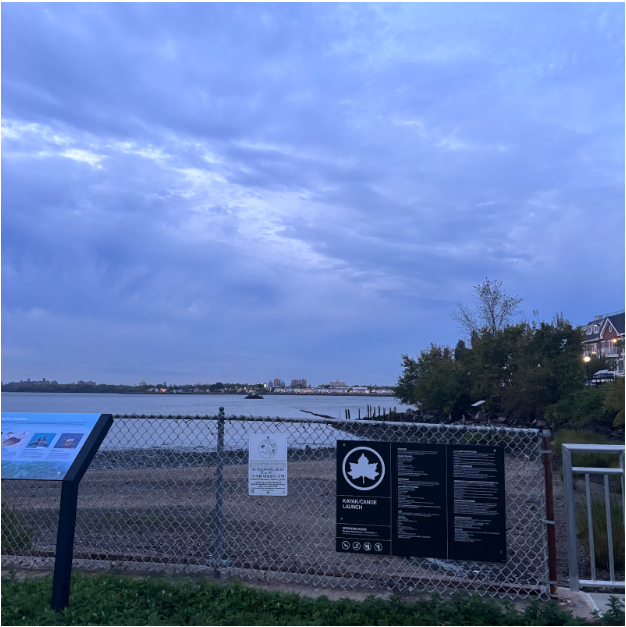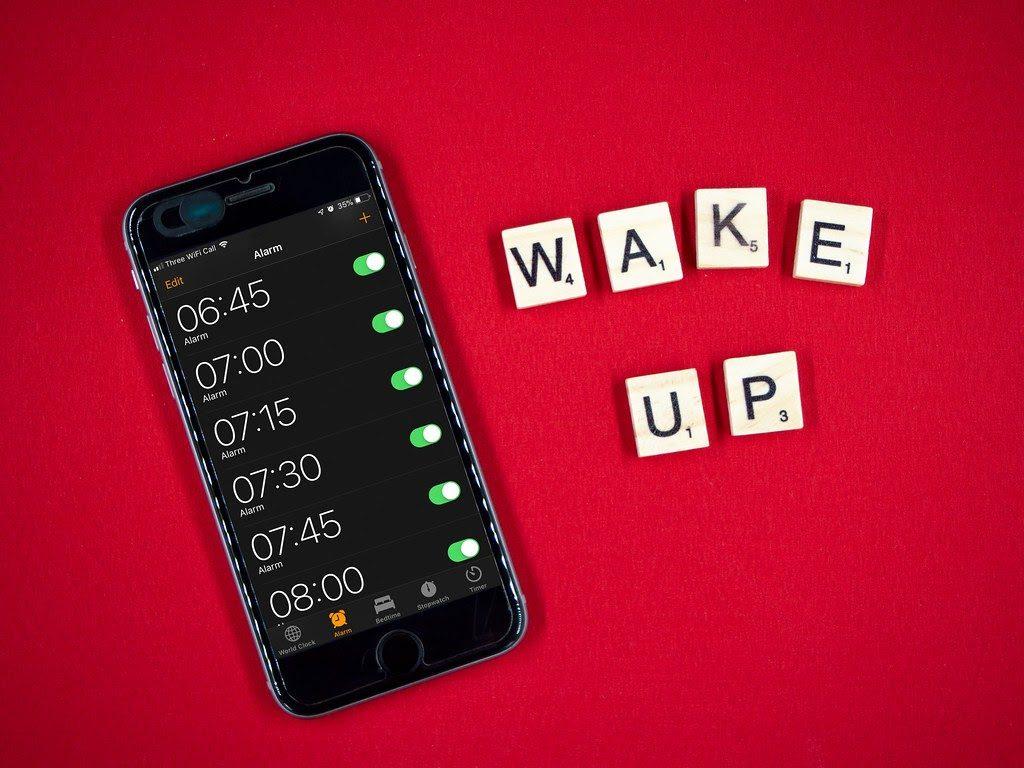While we’re all stuck at home, those without homes have turned to their typical place of refuge: the subway. It seems to be the one constant for the system. Of course, social distancing and compulsive hand washing are now facts of life. This leaves homelessness as an even larger issue to solve.
These people are at risk because they must stay on the streets, a train, or a shelter without option. Those they interact with are also at risk. The D train or a homeless shelter can’t always live up to the standards professionals recommend.
The response seems to be to close the subway system from 1 A.M. to 5 A.M., an unprecedented move. Cops and outreach workers will help the homeless. Workers will sanitize trains and stations. This isn’t the official purpose of closing the subway system. Yet, it seems to be a de facto goal.
While it sounds rosy, there is another elephant in the room: where will the homeless go? The streets are no safer for them than the subway and lack the basic amenities they need. While many say the shelters, most homeless refuse to oblige. A shelter offers no chance of social distancing, and many have had bad experiences with them in the past.
So what is the solution? Joshua Goldfein, an attorney at the Legal Aid Society tells The Guardian the fix is easy. Offer up hotel rooms. The scheme is perfect. With no tourists, the Marriotts that dot midtown lay empty. With plenty of rooms and a shortage of people, there’s a perfect match here.
To stop the spread of COVID-19, you must ensure proper social distancing. Everyone must be able to wash their hands. No one must sleep in a misnamed “shelter” or a train. If you don’t see this as the best setup now, you may have decided that these people don’t deserve a five-star hotel. At that point, check your priorities, because they are not in order.






































